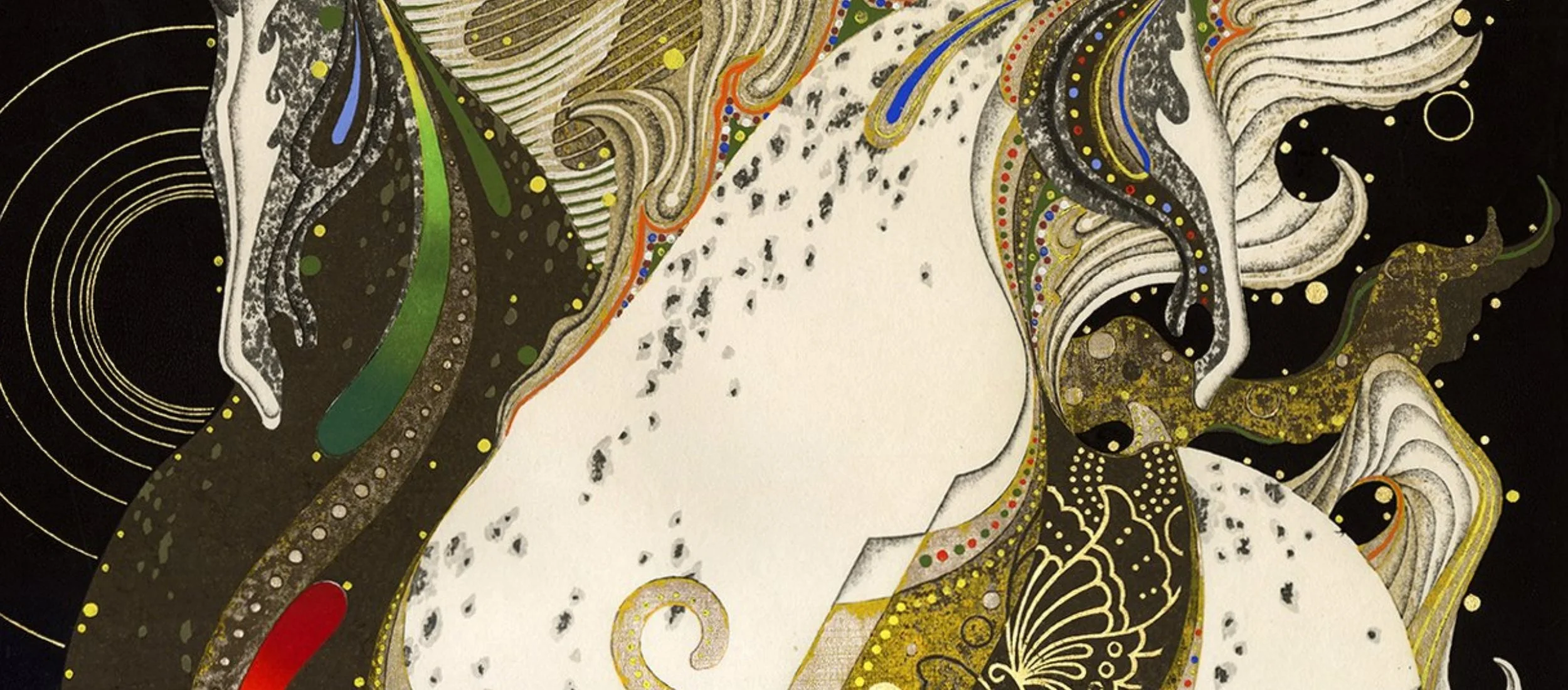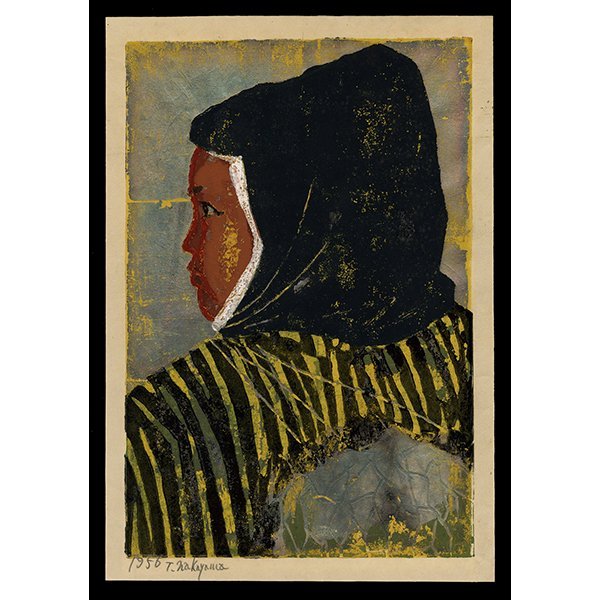NAKAYAMA
COLLECTING JAPANESE PRINTS FEATURED CONTEMPORARY ARTISTTadashi Nakayama
1927 - 2014
Nakayama Tadashi was a contemporary woodblock print artist born in 1927 in Niigata Prefecture. Nakayama originally studied oil painting at the Tama College of Arts in Tokyo before transitioning to mokuhanga printmaking in the 1950s.
In addition to mokuhanga, Nakayama briefly experimented with lithography in 1953 before relinquishing the medium four years later. Alternatively, he taught lithography at Tama College with considerable success for several years. In 1962, Nakayama embarked on a journey across Europe and the Middle East and became deeply influenced by Byzantine, Indian, and Persian style art. After two years of extensive travel, he taught printmaking courses in Milan, London, and Bath before returning to Japan the following year.
Nakayama joined the Shudan-Han organization and exhibited mokuhanga, metal plate prints, and lithographs in solo shows with Nihon Hanga Kyokai, the Japan Art Society, and the Avant-Garde Art Association. He also performed in international competitive and solo exhibitions in Poland, the United States, and Italy. In 1970, Nakayama retired to Ninaso, a mountainous region of Nagano Prefecture, where he continued to work until his death in 2014.
Prior to his return in 1965, Nakayama utilized bird, flower, horse, and butterfly motifs with flat simplicity and bleak mattes contrasting rich tones. Later, he began incorporating gold, silver, and earthen tones into his works, marking a significant change in style. He thus combined Western aesthetics (inspired by artists Paolo Uccello and Pierre Bonnard), Indian and Persian style paintings, and woodblock techniques.





